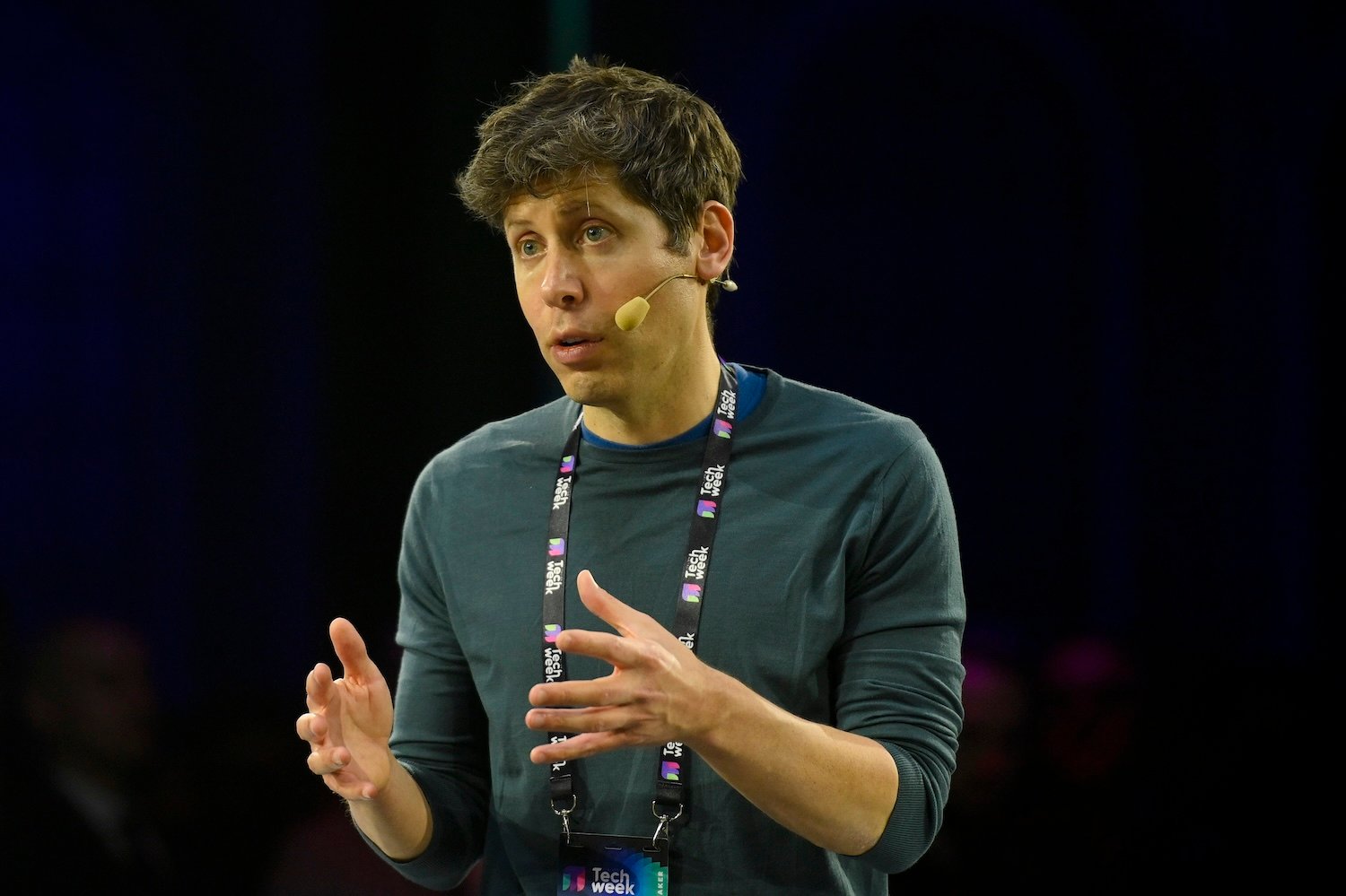OpenAI CEO Sam Altman recently announced via X (formerly Twitter) that the company’s Deep Research model will soon be available to users on ChatGPT’s free tier. Deep Research, the colloquial term for large language models employing “test-time” computing, generates detailed research reports. These reports, which can take anywhere from 30 minutes to several hours to create, are touted by some technologists as potentially replacing human roles in fields like business analysis and finance. However, such claims should be viewed with caution.
Streamlining the Model Experience
Altman also addressed OpenAI’s complex model ecosystem. Acknowledging user confusion surrounding the various models and their functionalities, he stated a desire to “return to magic unified intelligence.” The upcoming GPT-4.5 (internally known as Orion) will be the last non-chain-of-thought model. OpenAI’s subsequent focus will be unifying the o-series and GPT-series models, creating systems capable of leveraging all available tools, determining appropriate thinking time, and handling a wider array of tasks.
Free tier users will eventually gain “unlimited” access to a new model incorporating o3, while paid users will receive a purportedly higher level of intelligence.
Expanding Access to Deep Research
Currently, Deep Research is exclusive to ChatGPT Plus subscribers, who pay $200 per month. OpenAI’s plan to democratize access to its advanced models as server infrastructure expands was reiterated in another X post by Altman. He indicated an initial offering of 10 uses per month for ChatGPT Plus subscribers and 2 for free tier users, with plans to increase these limits over time.
The Mechanics of Large Language Models
Large language models like ChatGPT function as sophisticated probability machines, essentially powerful autocomplete systems. They process vast quantities of human-written text, generating new text that closely resembles human writing. However, they lack true human-like thinking. Companies like OpenAI are constantly exploring techniques to enhance accuracy and capabilities. Test-time thinking compels the model to fact-check itself before responding to a query. For example, a question about replacing every Uber in the US with Waymos would be broken down into sub-queries regarding the number of Ubers, the cost of each Waymo, and so forth.
The Quest for Enhanced AI Capabilities
The AI industry is continuously experimenting to discover the key to enabling language models to truly replace humans in various tasks. Deep Research and AI “agents” that can control user computers to perform tasks like booking flights are recent examples. Agents could particularly benefit demographics like the elderly, who may struggle with technology. However, early feedback on agents like OpenAI’s Operator suggests they are slow and prone to errors.
Accuracy Remains a Challenge
Despite the impressive capabilities of Deep Research in generating extensive reports, accuracy remains a significant hurdle for AI language models. Google’s Super Bowl commercial promoting its Gemini chatbot contained factual errors. X users have observed ChatGPT providing incorrect information about NFL team rosters, even with access to NFL.com data. Apple had to modify its AI-based notification summaries after they inaccurately summarized BBC news notifications.
While some argue that sounding correct often equates to being correct, a major issue is users blindly trusting AI-generated content without verification. Google’s repeated presentation of incorrect information during AI demos exemplifies this problem. It appears that tech leaders often gloss over AI output without fact-checking.
OpenAI’s Ongoing Challenges
Meanwhile, OpenAI faces its own challenges, including a protracted legal battle with Elon Musk. The conflict escalated with Musk’s hostile $97 billion takeover bid. Unlike Musk’s successful Twitter acquisition, OpenAI’s private non-profit status significantly alters the situation. OpenAI’s ongoing transition to a for-profit entity means it currently lacks a fiduciary duty to investors and likely isn’t obligated to consider acquisition offers.
Conclusion
OpenAI’s move to provide free tier access to Deep Research marks a significant step in democratizing access to advanced AI capabilities. While the potential of these models is undeniable, accuracy and user over-reliance on AI-generated content remain critical concerns. The ongoing evolution of AI technologies, like Deep Research and AI agents, promises exciting developments, but also underscores the need for continuous improvement and cautious optimism. OpenAI’s current challenges with accuracy and its legal battles further highlight the complex landscape of the AI industry.











